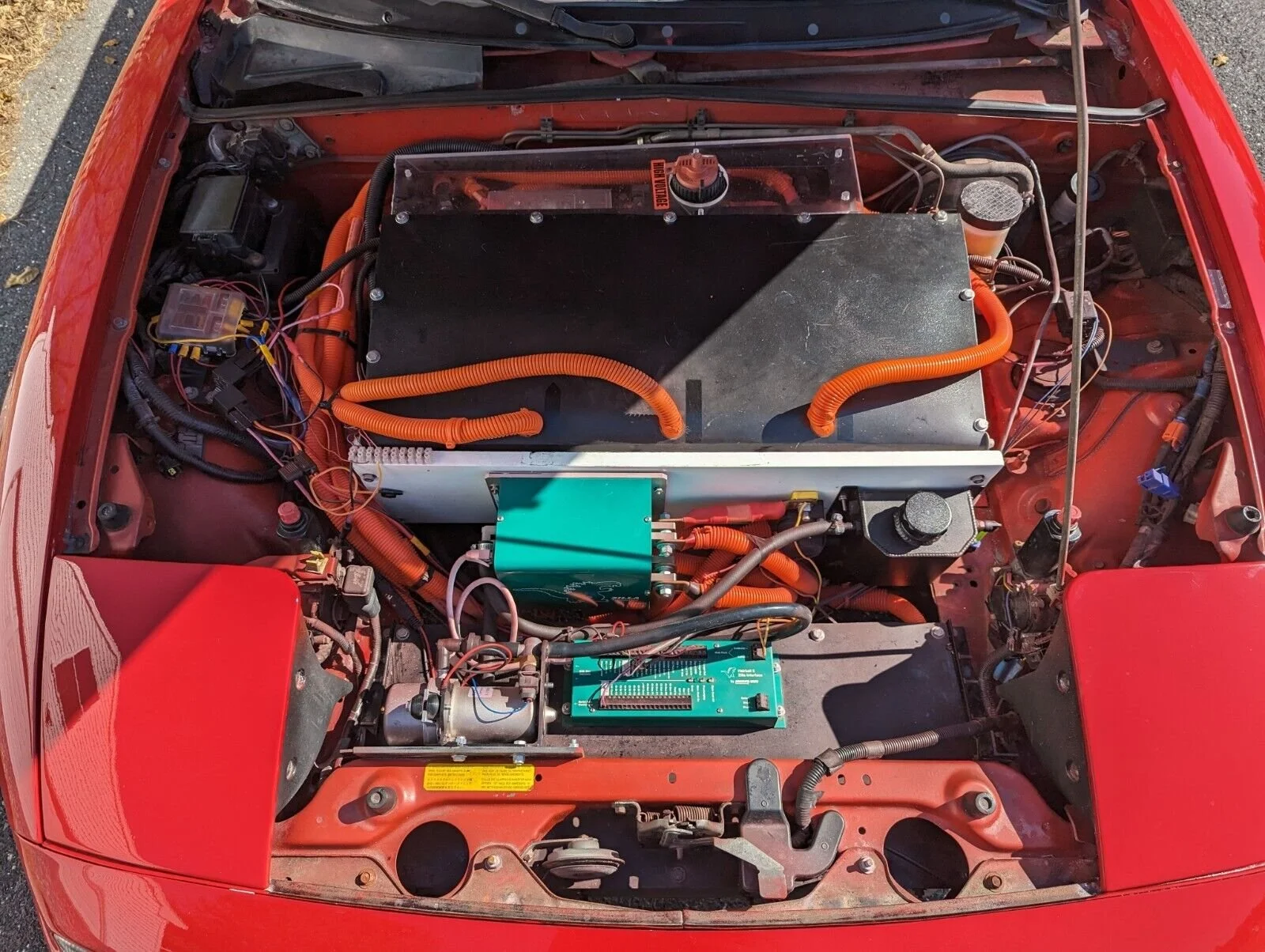Converting a Mazda Miata into an electric vehicle (EV) is an exciting and rewarding project that combines automotive engineering with sustainable technology. One of the most crucial components in this conversion is the Battery Management System (BMS). A well-integrated BMS ensures the safety, efficiency, and longevity of your electric Miata’s battery pack. This guide will provide a detailed overview of how to successfully integrate a BMS into your Electric Miata conversion, focusing on essential steps and high-volume keywords relevant to EV conversions.
Understanding the Importance of a BMS
A Battery Management System serves as the brain of your electric vehicle’s battery pack. It performs several critical functions:
- Cell Monitoring: The BMS continuously tracks the voltage, temperature, and overall health of each battery cell. This monitoring is essential to prevent overcharging and overheating, which can lead to battery failure or even fire.
- State of Charge (SOC) Calculation: The BMS provides real-time information about the remaining capacity of the battery, helping you manage your driving range effectively.
- Cell Balancing: Over time, battery cells can become imbalanced due to variations in charge and discharge cycles. A BMS ensures that all cells are charged and discharged evenly, maximizing battery life and performance.
- Data Logging: The BMS collects performance data, which can be invaluable for troubleshooting and optimizing your electric Miata’s performance.
Selecting the Right BMS for Your Electric Miata
When choosing a BMS for your Miata conversion, consider the following factors:
- Battery Chemistry: Ensure compatibility with your chosen battery type, such as lithium-ion or LiFePO4.
- Voltage and Capacity: Match the BMS specifications to your battery pack’s voltage and capacity. For instance, if you’re using a 144V battery pack, select a BMS that can handle this voltage.
- Balancing Method: Decide between passive and active balancing. Active balancing is generally more efficient but may come at a higher cost.
- Communication Features: Look for a BMS that offers real-time monitoring through Bluetooth or Wi-Fi, allowing you to track performance via a smartphone app.
Popular BMS options for Miata conversions include the Orion BMS, Elithion Lithiumate Pro, and the BMS from EVWerks. These systems are designed for high-performance electric vehicles and offer advanced features like cell-level monitoring and active balancing.
Steps to Integrate the BMS
Integrating a BMS into your Electric Miata involves several key steps:
1. Preparation and Planning
Before installation, plan the layout of your battery pack and BMS. Ensure that there is adequate space for all components and that wiring routes are clear. This step is crucial as it will affect the overall efficiency and safety of your conversion.
2. Wiring the BMS
Connect Cell Taps: Attach the BMS to each individual cell using the provided cell taps. This allows for precise monitoring of each cell’s voltage.
Main Connections: Connect the BMS to the main positive and negative terminals of your battery pack. Ensure these connections are secure and insulated to prevent short circuits.
Temperature Sensors: Install temperature sensors on the battery cells to monitor thermal conditions. This is essential for preventing overheating and ensuring safe operation.
3. Configuration
Set Up Parameters: Configure the BMS settings based on your battery specifications, including voltage limits and balancing thresholds.
Calibration: Calibrate the BMS to ensure accurate SOC readings and performance monitoring. This step is vital for maximizing the efficiency of your electric Miata.
4. Testing
Initial Power-Up: After installation, power up the BMS and check for any error codes or warnings. This is a critical step to ensure that everything is functioning correctly.
Monitor Performance: Use a connected display or app to monitor the battery’s performance during initial test drives. Look for any discrepancies in voltage readings or temperature alerts.
Connecting the BMS to Your Vehicle’s Systems
To fully utilize the BMS, integrate it with your Miata’s other systems:
- Dashboard Integration: Use an Android tablet or custom display to show real-time data from the BMS, such as SOC, voltage levels, and temperature readings.
- Data Logging: Set up a data logging system to track performance metrics over time. This information can be invaluable for future troubleshooting and optimization.
Maintenance and Monitoring
Once your BMS is integrated, regular maintenance is essential for optimal performance:
- Firmware Updates: Periodically check for firmware updates from the BMS manufacturer to ensure you have the latest features and improvements.
- Routine Checks: Regularly inspect the wiring and connections for any signs of wear or corrosion.
- Performance Monitoring: Continuously monitor the BMS data to identify any potential issues early, such as cell imbalances or overheating.
Conclusion
Integrating a BMS into your Electric Miata conversion is a crucial step that enhances the performance, safety, and longevity of your electric vehicle. By carefully selecting the right BMS, following a systematic installation process, and maintaining your system, you can enjoy a reliable and efficient electric Miata for years to come. Embrace the future of driving with your electric Miata, powered by a robust Battery Management System!
With the right approach, your Electric Miata can become a testament to innovation and sustainability, blending the charm of a classic sports car with the benefits of modern electric technology. Whether you are a seasoned DIY enthusiast or a newcomer to EV conversions, integrating a BMS is an essential step in making your electric Miata not just a dream but a reality.

